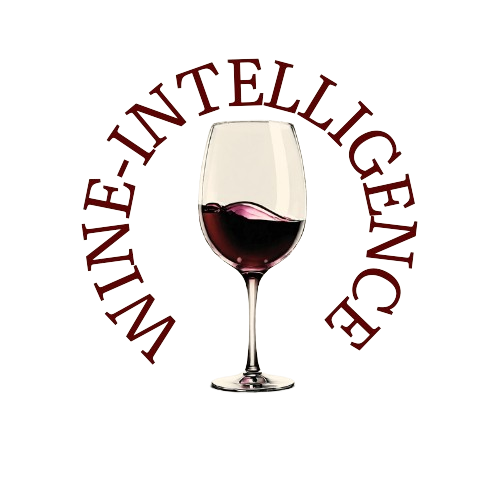The wine industry is experiencing a paradigm shift, driven by younger generations and evolving market demands. While its traditions have historically attracted newcomers, the changing landscape requires more than reverence for the past.
Today’s consumers are seeking excitement, creativity, and a reimagining of what wine can be, prompting producers to embrace bold innovations. From blending vintages to experimenting with unconventional ingredients, the boundaries of winemaking are being tested like never before.
Challenging the Norm of Single Vintages
Single vintages have long been a cornerstone of winemaking tradition, but some producers are redefining this approach. In Virginia, Maya Hood of Early Mountain employs a Sherry-inspired solera system, blending wines from multiple vintages to craft a deeper, more complex profile. By utilizing lees from one harvest to ferment the next, Hood achieves aromatic and textural nuances that single-vintage wines often lack.
Similarly, Matt Dees in California is exploring solera techniques for port-style wines, aiming to capture a more layered expression of his region. In Alto Adige, Alois Lageder’s Comets line is reshaping expectations by planting atypical varieties like Roussanne and Assyrtiko and blending across vintages. Clemens Lageder, the mastermind behind these experiments, notes that such innovations intrigue consumers and demonstrate that tradition and experimentation can coexist.
Rethinking Terroir
Terroir, the traditional concept linking wine character to a specific place, is also being reinterpreted. Travis Braithwaite of Pangaea combines grapes from five countries—such as Malbec from Argentina and Merlot from France—to create globally inspired blends. This approach challenges the notion that a wine’s essence must be tethered to a single region, offering consumers flavors that transcend borders.
In Australia, Nicolas Peterkin of LAS Vino takes terroir in a daring new direction by immersing Vermentino grapes in ocean water before fermentation. The result? A wine imbued with natural salinity, echoing the maritime influence and offering a one-of-a-kind tasting experience that has captivated adventurous drinkers.
Experimenting with Ingredients and Processes
Innovation extends beyond blending and terroir to include unexpected ingredients and methods. Erica Crawford of Loveblock Wine in New Zealand swaps traditional sulphites for green tea tannins, preserving wines naturally while introducing unique textures and flavors. This eco-conscious approach caters to health-conscious consumers and those seeking distinctive sensory profiles.
Amber Ochata of Ochata Barrels in Australia takes creativity further, incorporating herbs and flowers from her garden into the fermentation process. These additions yield wines with fresh, floral aromas that resonate with consumers looking for something new yet authentic.
Tradition Meets Creativity
What unites these trailblazers is their commitment to preserving the essence of wine while pushing its boundaries. The innovations are not merely gimmicks; they reflect a desire to connect with modern consumers through fresh, exciting experiences. Whether by blending vintages, redefining terroir, or experimenting with unconventional ingredients, these producers are proving that tradition and creativity can harmonize.
The Future of Wine
As the market continues to evolve, so too must the industry. These innovations highlight an exciting era where winemaking remains rooted in heritage while embracing the possibilities of the unknown. The result is a dynamic, adaptable wine culture that resonates with both seasoned aficionados and curious newcomers alike, ensuring wine’s enduring relevance in a rapidly changing world.
Source: Vinetur

